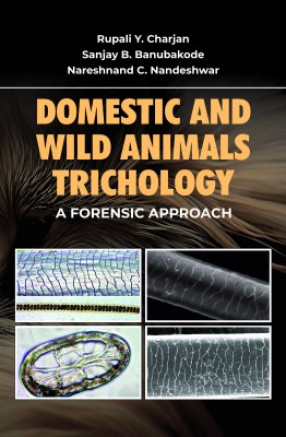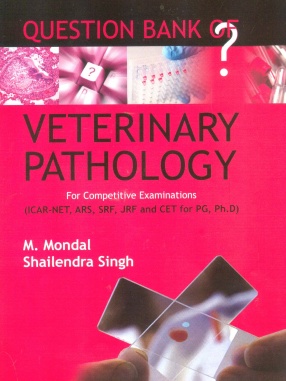Domestic and Wild Animal Trichology: A Forensic Approach
The study of structural details of hair for various purposes is called as Trichology. The hair morphology is useful for species identification as well as for study of evolution and domestication of various animal species in Zoology, Veterinary Science and Forensic Sciences. Unlike biological samples such as bone pieces, blood stains, skin, viscera, and hair, are chemically most stable component, do not undergo decomposition, and structural changes even after enzymatic activity, and cannot be digested. Due to these peculiar characteristics, hair can be used as biological evidence in forensic investigations in solving vetero-legal cases. After the crime has been committed, some or the other biological material such as hair remains behind as an evidence which can prove to be conspicuous enough to lock up criminals, such recovered samples are helpful in identification of species by studying its gross anatomical structure, cuticular, medullary and cross sectional microscopic structure, scanning electron microscopic structure and sequencing of DNA. Therefore, an attempt has been made to publish the results of the author's work in for of photographs of hair at gross, microscopic and scanning electron microscopic level as well as the sequence of DNA of various species of domestic, and wild animals. These photographs and legends will help the scientist to understand the details of hair to identify the species of animals by comparing the photographs of the book by visual conceptualization.
This book liberally uses the most routine methods of examinations, so that the scientists are able to appreciate the details of photographic interpretation. The colour images of structural details of hair will allow the scientific workers to draw conclusions from the impressions instantly.
The diagrammatic representations are designed to give reader a ready resource of orientation when needed. In general, the book is designed to intensify the experience of budding scientific workers who are beginners and have no or little experience.
Get it now and save 10%
BECOME A MEMBER







Bibliographic information
Sanjay B. Banubakode
Nareshnand C. Nandeshwar